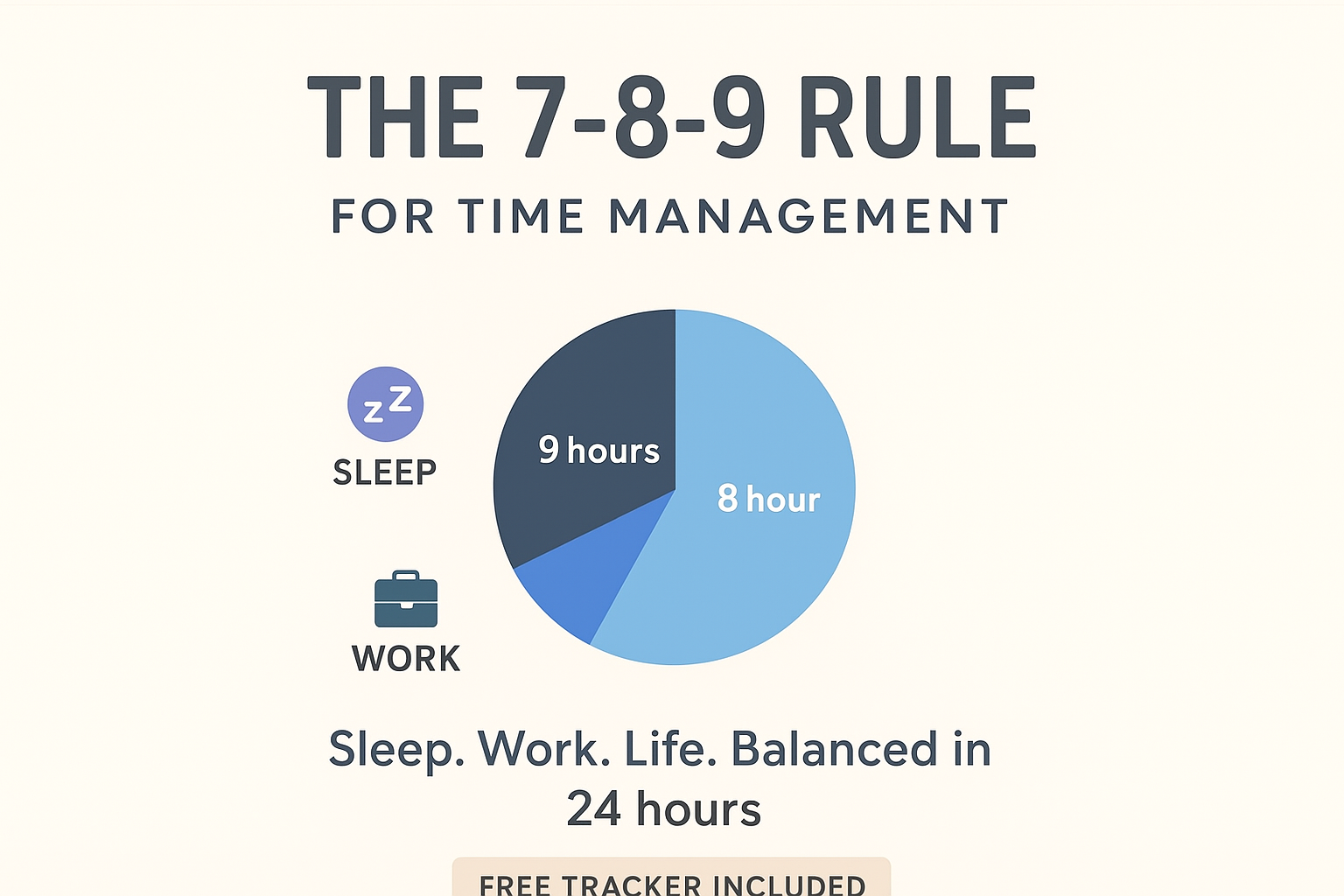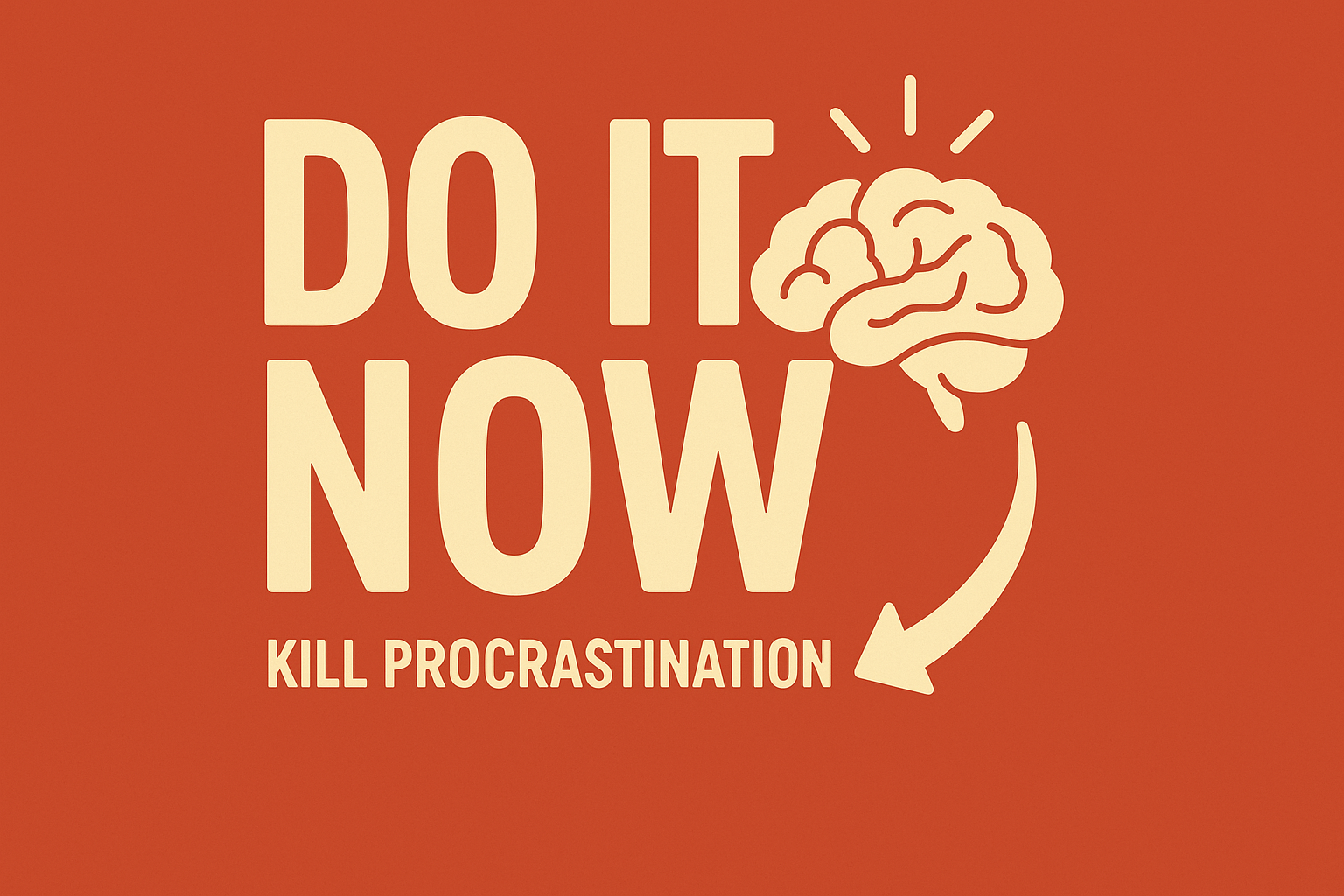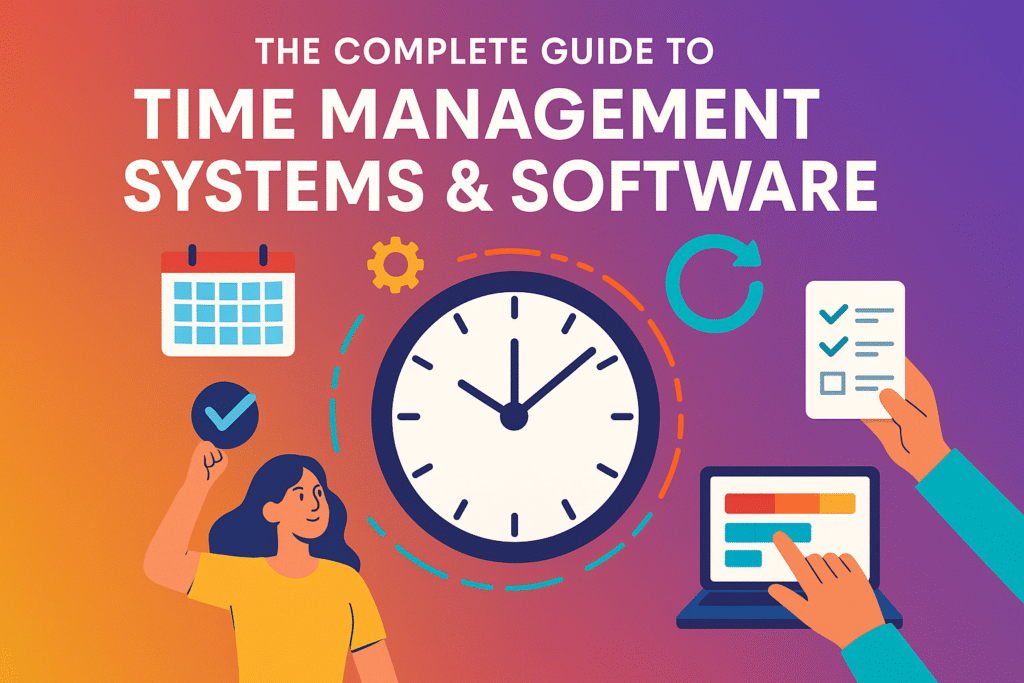The 7-8-9 Rule for Time Management: Sleep, Work, Life—Balanced in 24 Hours

In your 24-hour time loop, time management is crucial, but the key is how to manage it effectively. For this, the 7-8-9 Rule of Time Management is the most effective way to manage your time. The 7-8-9 rule is a simple and well-balanced guide to organizing your 24-hour day. The 7-8-9 Rule can be classified into three main parts It’s not a rigid schedule; it’s a time management system that protects your health and daily routine. 🧠 Why 7 Hours of Sleep? Research from Cambridge University found that 7 hours is ideal for memory, mental clarity, and emotional health.Less than that? Your thinking slows down.More? Surprisingly, it can also lead to poorer cognitive function and higher mortality. You’re not lazy if you sleep 7 hours. You’re smart. 💼 Why 8 Hours of Work? The 8-hour workday isn’t just tradition. It aligns with most people’s peak productive hours.Working beyond that regularly (10–12 hours) leads to: Studies from Japan and the UK show that long-hour workers face up to 169% higher depression risk and structural brain damage over time. 🌿 What’s in the 9 “Life” Hours? These 9 hours are where real life happens: This isn’t fluff time. It’s what prevents burnout. 📊 Comparison: How 7-8-9 Stacks Up Against Other Time Rules Rule Breakdown Good For Weakness 7-8-9 Balanced: Sleep, Work, Life Most adults, long-term health Requires discipline on screen time 8-8-8 Equal split Simplicity, 9–5 workers Assumes perfect control—rare today 6-12-6 Hustlers Side-hustle culture, intense careers Not sustainable, harms sleep 3-3-3 Task batching Creatives, deep work Doesn’t guide rest/life balance 60/30/10 Task energy % High-performers Not a daily rhythm rule ➡ The 7-8-9 rule stands out because it respects energy, recovery, and reality. 🎓 Who Should Use the 7-8-9 Rule? → Students: Structure your day better, avoid burnout. Use 8 hours for classes, study, and part-time work.→ Remote workers: Set real boundaries. No emails past your 8-hour block.→ Burned-out professionals: Use this to force in non-negotiable sleep and lifetime.→ Parents & caregivers: Adapt the 9 hours to include family time, errands, and recovery. 📥 Want a PDF Tracker? Many search “7 8 9 rule pdf” or “sample template.” I’ve created a free downloadable tracker so you can log your day and apply this rule visually. 🧠 Final Thoughts: It’s Not a Hack—It’s a Reset The 7-8-9 rule isn’t about being ultra-productive. It’s about giving your brain, body, and life what they need to keep functioning well. Try it for one week. Track your time. Cut noise. Add sleep. You’ll feel the shift by Day 3. What is the 7-8-9 rule in time management? The 7-8-9 rule is a simple daily framework: 7 hours for sleep, 8 hours for focused work or study, and 9 hours for life tasks like meals, movement, rest, and personal time. Together, it fills a balanced 24-hour day. How does the 7-8-9 rule help with productivity? It prevents burnout by setting healthy boundaries between work, rest, and recovery. Instead of forcing 12+ hours of work, it promotes consistency, energy management, and focus over hustle. Who should use the 7-8-9 rule? This method works well for students, freelancers, remote workers, parents, and anyone trying to build better routines without sacrificing their health or personal life. Is the 7-8-9 rule realistic for busy people? Yes, because it’s flexible. You don’t have to hit the hours perfectly every day—it’s more about recognizing imbalance and adjusting. It can be customized based on your lifestyle. Can I download a tracker for the 7-8-9 rule? Yes, this article includes a free printable daily tracker and a social media–friendly planner you can download and start using right away.
Do It Now: Reprogram Your Mind For Urgency and Action

Overcoming procrastination is a common foe, but the antidote is a constant mental shift toward urgency. Every day when you get up, say over and over to yourself: Do it now. Do it now. Do it now This is encapsulated in the journal notes’ motto, “Do it now.”This is a simple command; you can achieve everything by repeating it until you achieve your goals. According to psychology and neuroscience, this type of repetition can rewire our habits. Research shows you can change your daily routine and habits through repetition. Simply put, by consistently repeating “Do it now” daily, you are informing your brain that taking immediate action is now the norm. Repetition: Training Your Subconscious Repetition is not a pep talk; it forges the neural circuits that propel habit. As one review of neuroscience explains, once you’ve learned a behavior, exposure to the cue will automatically stimulate that response—habits “do not need much cognitive input” because they’ve been prewired by repetition. By saying to yourself, “Do it now” each morning (or whenever you get delay creeping in), you start to rewire your automatic answers. Pairing that sentence with beginning an assignment creates a new habit loop. Your brain learns over time that delay means a cue to “Do it now,” disrupting the typical procrastination pause. Repeating a short, pressing mantra also concentrates your attention. Psychologists have discovered mantra-like repetition—no matter if it’s meditation chants or inner dialogue—suppresses distracting thoughts and focuses the mind on the current moment. That is, the rhythm of “Do it now” overcomes the inner voice of doubt or overcoming procrastination. If you turn this repetition into a ritual (even lighting a candle or slapping yourself once on the knee before saying it out loud, as some affirmation methods suggest), you still communicate to your brain that this is significant and worth paying attention to. The outcome is a type of mental conditioning: your subconscious comes to treat “urgent task now” as the norm. Habit of Urgency A real sense of urgency is less common than you might expect. Not everyone is born with it, but it can be learned as a habit. Research on procrastination reveals that many individuals experience delays. About 20% of adults are chronic procrastinators, and studies indicate that around 80 to 95% of college students often put off tasks. Most of us lack a sense of urgency. By making a conscious choice to change this, you can stand out. Treat each assignment or responsibility as if it matters right now, because it does. When you train yourself to tackle tasks immediately, you practice a new mindset. Picture an athlete warming up; the moment the whistle blows, she springs into action. In the same way, view every “start” moment as an opportunity. If you are thinking, “I’ll do that later,” change your response to a quick “No, do it now.” The more you do this, the more natural urgency becomes. You start to build urgency as your default mode, closing the gap between intention and action. Learn from Action-Takers Look at the doers around you: entrepreneurs, leaders, or anyone who “just gets things done.” They rarely overthink. As leadership coach Conor Neill says, “Leadership is about action. Nothing changes without taking action.” In other words, knowing what to do is pointless unless you do it. Many successful people follow the mantra “act first, think later.” They believe that even imperfect action brings feedback and momentum. In contrast, waiting usually results in nothing but wasted time. In practice, follow this bias for action. Ask yourself, “What’s the next right step? Now do it.” Don’t wait for the fog to clear or perfect conditions. Start where you are with what you have. As Neill points out, “true failure is a lack of disciplined action,” not a lack of planning. Every small step forward builds confidence and clarity. By focusing on taking action instead of getting stuck in planning, you can overcome procrastination. Fast Action Brings Better Results Business research confirms that speed pays off. A McKinsey study found that organizations that “make good decisions fast” and “execute them quickly” consistently outperform others, enjoying higher growth and returns. The lesson for individuals is simple. When you decide and act quickly, you capitalize on opportunities and meet your deadlines. This doesn’t mean rushing without thought; quality and strategy are important. Instead, it means steering clear of inaction. Often, having some information is enough to get started; you can make adjustments along the way. By acting promptly, you also train your mind to appreciate the importance of urgency, which helps create the sense of urgency that you desire. Think of urgency like a muscle. It strengthens with use. The next time you get a task or an idea, practice acting quickly. Jump in right away, even if all you do at first is take notes or open a blank document. Every moment spent taking action, rather than debating, changes your identity slightly toward being a proactive person. Over time, starting fast becomes a habit. Key Takeaways Final thoughts Changing your habits and mentality is more essential for beating procrastination than having more willpower. By repeatedly training yourself to act now, urgency becomes second nature. Every time you choose action over delay, you chip away at procrastination. Over time, your brain stops asking, “Should I wait?” and instead automatically responds, “No, do it now.” You’ll be amazed at how much more you accomplish when you build this urgent habit. So next time a task lands in your lap, resist the instinct to push it off. Embrace the phrase “Do it now.” After all, as one coach urges, “I will act now”—and that small promise can transform everything. Free Printable Procrastination Tracker — 30 Days to Action If you struggle with procrastination or time management, this 30-day “Do It Now” Tracker is the perfect starting point. Track your daily goals, note completion times, and build urgency as a habit. Why download this: Frequently Asked Questions What is the Do
The Complete Guide to Time Management Systems

A time management system allows an individual or an organization to track and plan how time is spent on an activity and prioritize it. If it’s a team that is being managed or an individual with a to-do list, a system to assist in organization is valuable. This system is highly sophisticated and, at times, difficult to achieve. A system based on time blocking, the Pomodoro Technique, or the 1-3-5 Rule is a more favorable and productive routine. Additionally, advanced time trackers, scheduling platforms, modern employee tracking software, and other time management applications have automated task assigning, goal setting, and track monitoring. The best time management system is the one you actually use—daily, without friction. Why Time Management Systems Matter Doing more is not the goal of effective time management. It’s about completing the important tasks on schedule and without burnout. Using a clear time management system will help you whether you’re a manager, freelancer, student, or business owner. Types of Time Management Systems Type Description Best For Routine-Based Methods like Pomodoro, 1-3-5, and time blocking Individuals, creators, students Tool-Based Software to track time, attendance, and productivity Teams, remote workers, managers Hybrid Systems Combines routines and software (e.g., Notion and Clockify) Solo entrepreneurs, growing teams Industry-Specific Built for certain fields like salons or agencies Niche business owners Popular Time Management Software Tools (2025) Here are some top tools people use to manage time more efficiently: Tool Type Use Case Clockify Free time tracking app Freelancers, small teams Toggl Track Time and productivity monitoring Remote teams Hubstaff Payroll and time tracking Employee tracking software Gusto Home Base HR and finance integration Homebase Staff scheduling & time clock Retail, restaurants Salonist Salon scheduling software Beauty & wellness industry Team Time Management Systems Managing a group of people? This is how PTO tracking tools and employee tracking software work with your system. Time Management for Personal Use Your needs are different if you’re a parent, student, or freelancer working alone. You require a system that is both easy to follow and adaptable. Time Management Systems vs. Attendance Software Attendance software and time tracking systems are sometimes confused, but they have different purposes: Build Your Own Time System Are you looking for an effective do-it-yourself method? Try this three-part hybrid setup: Final Thoughts Large teams and busy executives are not the only users of time management systems. They are for anyone who wants to take charge of their time, whether that means more time for in-depth work or fewer missed deadlines.Establish your system, make any necessary adjustments, and continue using it for a sufficient amount of time to observe tangible results.


